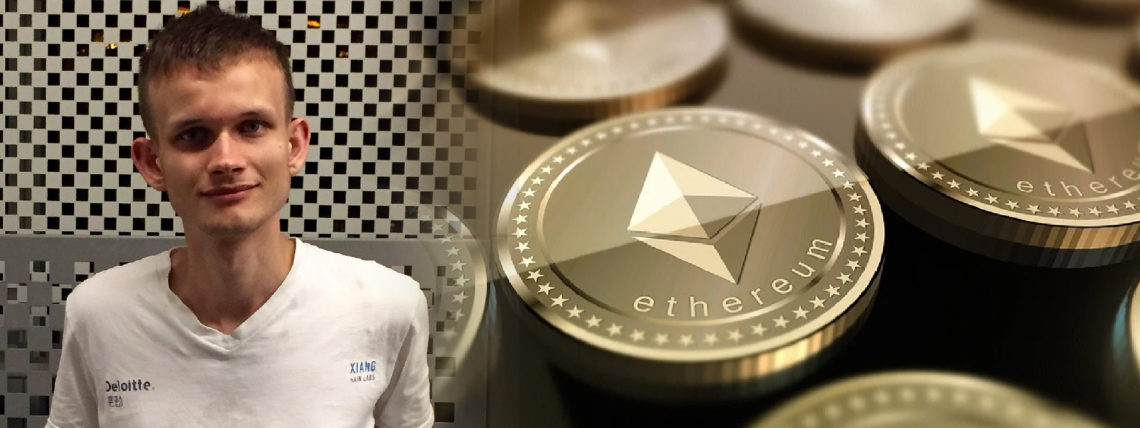- Ethereum’s organizer has shared two different ways for financial backers to let know if an algorithmic stablecoin is supportable over the long haul
- Vitalik Buterin has proffered two thought experiments to help investors gauge the risks
- He noticed that algorithmic stablecoins are innately unsafe regardless of meeting the set down benchmarks
Stablecoins are having the harshest fix in their whole presence with financial backers seeing the resource class with distrust. In the midst of the commotion, Vitalik Buterin has proffered two psychological studies to assist financial backers with checking the dangers related with algorithmic stablecoins.
All expectation isn’t lost for algo stablecoins
In a blog entry named Two Thought Experiments To Evaluate Automated Stablecoins, Ethereum’s prime supporter Vitalik Buterin offered a beam of expectation for algorithmic stablecoins.
Buterin’s post centered around Reflexer’s RAI stablecoin on the grounds that it entirely depends on calculations to set the stake and not government issued types of money or other digital currencies.
The principal question for financial backers to get some information about a stablecoin is “can the stablecoin securely wind down to zero clients?” For Buterin, the occasion of market action for a stablecoin dropping to zero ought not be a lethal blow for financial backers. All things being equal, clients ought to have the option to get a fair incentive for their resources.
Buterin takes note of that this was not the situation with Terra as the organization depends on LUNA, which he calls a “volcoin” or volume coin to keep up with the resource’s stake. Buterin painted Terra’s misfortune as brought about by excessive inflation from printing heaps of volcoins.
To start with, the volcoin cost drops, composes Buterin. Then, at that point, the stablecoin begins to shake. The framework endeavors to support stablecoin request by giving more volcoins. With trust in the framework low, there are a couple of purchasers, so the volcoin cost quickly falls. At long last, once the volcoin cost is almost zero, the stablecoin to breakdowns.
ALSO READ: BIT Mining reports 40% dip in revenue
Could the stablecoin track a bushel of resources that climbs 20% each year?
Buterin noticed that for algo stablecoins to breeze through the assessment, they ought to have the option to fix to a crate of resources, a buyer value list, or some with no obvious end goal in mind complex recipe.
If the stablecoin is following a record store that appreciates 20% yearly, Buterin states that the stablecoin would either transform into a Ponzi plot that will collapse on clients or charge a type of negative interest.
It charges some sort of regrettable loan fee on holders that equilibrates to essentially counteract the USD named development grind incorporated into the record, he composed. Buterin contends that RAI can possibly charge negative interests however UST doesn’t have that capacity.
He noticed that negative financing costs can be accomplished by having a drifting objective that can drop after some time assuming that the recovery is negative or by having balances that drop from now on.
Buterin finishes up the exposition by expressing that regardless of whether a stablecoin breezes through this assessment, there could in any case be hidden issues like bugs, and administration gives that compromise the endurance of the undertaking. Notwithstanding, consistent state and outrageous case sufficiency ought to continuously be something that we check for, he composed.

Andrew is a blockchain developer who developed his interest in cryptocurrencies while pursuing his post-graduation major in blockchain development. He is a keen observer of details and shares his passion for writing, along with coding. His backend knowledge about blockchain helps him give a unique perspective to his writing skills, and a reliable craft at explaining the concepts such as blockchain programming, languages and token minting. He also frequently shares technical details and performance indicators of ICOs and IDOs.


 Home
Home News
News










